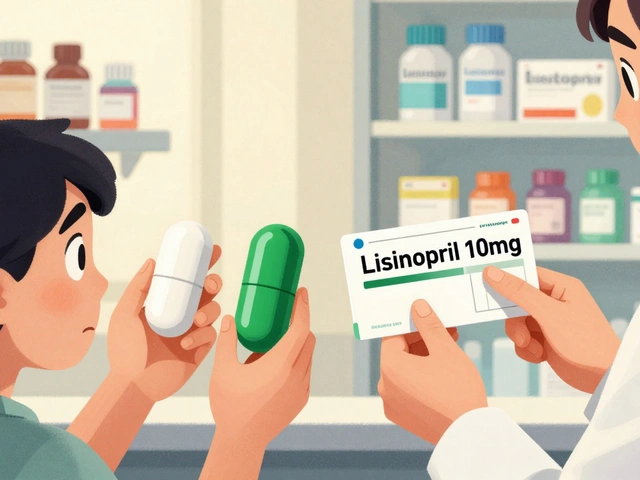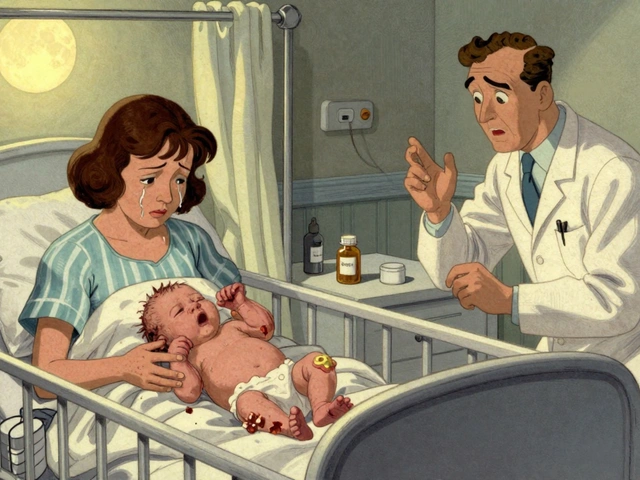Androgenic Alopecia: Causes, Treatments, and What Really Works
When you start noticing your hair thinning, especially at the temples or crown, it’s often androgenic alopecia, a genetic condition driven by hormones that causes predictable hair loss in men and women. Also known as male pattern baldness or female pattern hair loss, it’s not just about aging—it’s about how your body responds to hormones like DHT, a byproduct of testosterone that shrinks hair follicles over time. This isn’t random. If your dad or grandfather lost hair young, you’re more likely to see the same pattern. And it’s not just men—about 40% of women experience noticeable thinning by age 50, often across the top of the scalp.
What makes androgenic alopecia different from other types of hair loss? It’s the DHT connection. Unlike stress-related shedding or nutrient deficiencies, this type follows a clear genetic blueprint. The follicles on your scalp become sensitive to DHT, which shortens the hair growth cycle. Over time, each new strand grows back finer and shorter until it stops growing at all. That’s why you see receding hairlines or thinning crowns—not patches of complete baldness, but a slow, steady fade. Treatments like finasteride and minoxidil work because they target this exact mechanism: finasteride lowers DHT levels, while minoxidil tricks follicles into staying active longer. But they don’t work for everyone, and they only work as long as you keep using them.
There’s a lot of noise out there—shampoos that promise miracles, supplements with no proof, laser caps with mixed results. What actually moves the needle? The science points to two FDA-approved options: finasteride for men and women (off-label for women), and minoxidil for both. Hair transplants are the only permanent fix, but they’re expensive and require healthy donor areas. Newer options like low-level light therapy and platelet-rich plasma show promise in studies, but they’re not yet proven as standalone solutions. And while diet and stress management won’t reverse genetic hair loss, they can help slow it down by reducing inflammation and supporting overall follicle health.
What you’ll find in the posts below isn’t just theory—it’s real-world comparisons. You’ll see how medications like finasteride stack up against alternatives, what side effects actually matter, and how some treatments overlap with conditions like prostate issues or depression. There are also posts on related skin and hormone-driven conditions, like seborrheic dermatitis and hormonal imbalances, because they often show up together. This isn’t about quick fixes. It’s about understanding the root cause so you can make smarter choices—whether you’re just starting to notice thinning or have been dealing with it for years.






